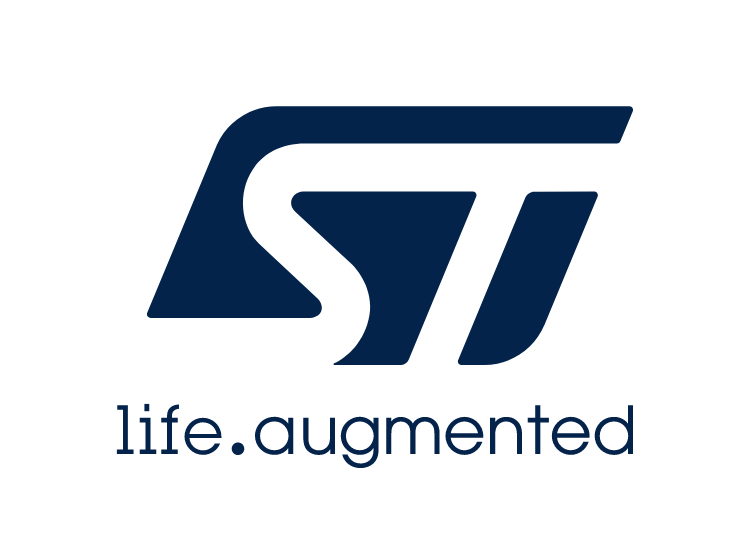John99407
Junior Member level 3

I have worked enough with PIC micro and now need to work with STM32 (ARM). I never use code generated by MCC MPLAB Xc8 I write my own c code. because working with code generated by MCC is a pain for me. I only use generated code to configure device registers.
I have STM32F407 discovery board I am using STM32Cueb IDE. It has also code generator that generates code.
How do you write code for STM32 ?
Do you use code generated by code generator ? or do you use standard method to write code as we do for PIC MCU ?
I have STM32F407 discovery board I am using STM32Cueb IDE. It has also code generator that generates code.
How do you write code for STM32 ?
Do you use code generated by code generator ? or do you use standard method to write code as we do for PIC MCU ?





